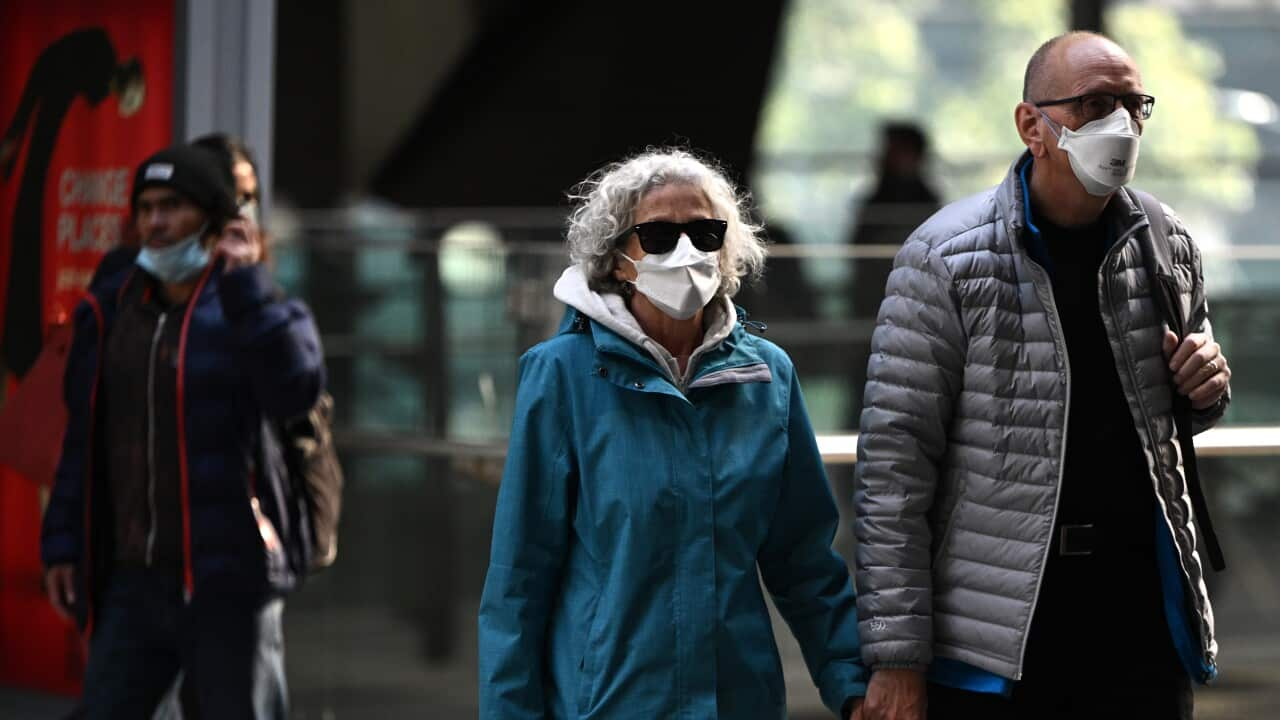Key Points
- The JN.1 strain is responsible for a growing number of COVID-19 infections.
- The WHO said the risk to public health was low.
- COVID-19 is now an endemic virus, which means it cannot be eliminated and is continuously transmitted.
The World Health Organization (WHO) on Tuesday classified the JN.1 coronavirus strain as a "variant of interest" and said current evidence showed the risk to public health was low from the strain.
Current vaccines and tests will be sufficient to detect and prevent transmission of the variant, it said.
At least two experts told Reuters that while the strain can evade the immune system and transmit more easily than other currently circulating variants, it has not shown any signs of more severe disease.
While there might be more cases with the variant, JN.1 doesn't pose a greater risk, said Andrew Pekosz, a virologist at the Johns Hopkins Bloomberg School of Public Health in the US.
JN.1 was previously classified a variant of interest as part of its parent lineage BA.2.86, but the WHO has now classified it as a separate variant of interest.
The WHO said current vaccines will continue to protect against severe disease and death from JN.1 and other circulating variants of the COVID-19 virus.
The US Centers for Disease Control and Prevention (CDC) said earlier this month the subvariant JN.1 made up about an estimated 15 per cent to 29 per cent of cases in the United States as of 8 December, according to the agency's latest projections.
Associate Professor James Trauer, head of the epidemiological modelling unit at Monash University, says there is a surge of COVID-19 infections spreading through the community in Australia.
"Vaccination remains our most important defence against COVID, even though the virus shouldn't ruin Christmas this year," he said last week.
COVID-19 is now an endemic virus, which means it cannot be eliminated and is continuously transmitted.
Surges in coronavirus cases were generally caused by new variants, which meant it was "more difficult than ever to predict" when these waves would peak, Trauer said.
Scientists' view of community transmission is further muddied by a lack of data.
With a marked decline in testing, the daily number of cases does not paint a clear picture of the spread of the virus, though researchers can still use hospital admission numbers and wastewater surveillance to monitor COVID-19 waves.
COVID-19 cases are also rising in the UK, where data covering the week ending 9 December shows cases increased by 39 per cent in England on the previous week.
JN.1 is closely related to BA.2.86, a fellow Omicron descendent that first popped up in about July.
The two variants are nearly identical, according to the CDC, except for a single difference in their spike proteins, the part of the virus that allows it to invade human cells.
The fact that JN.1 is responsible for a growing portion of infections suggests it is either more contagious or better at getting past our bodies’ immune defences than previous iterations of the virus, the CDC says.
But there is no evidence that it causes more severe disease than other viral strains.
The symptoms are likely to be the same as those from previous variants: a sore or scratchy throat, fatigue, headache, congestion, coughing, and fever.
JN.1 was first detected in the US in September, according to the CDC.













